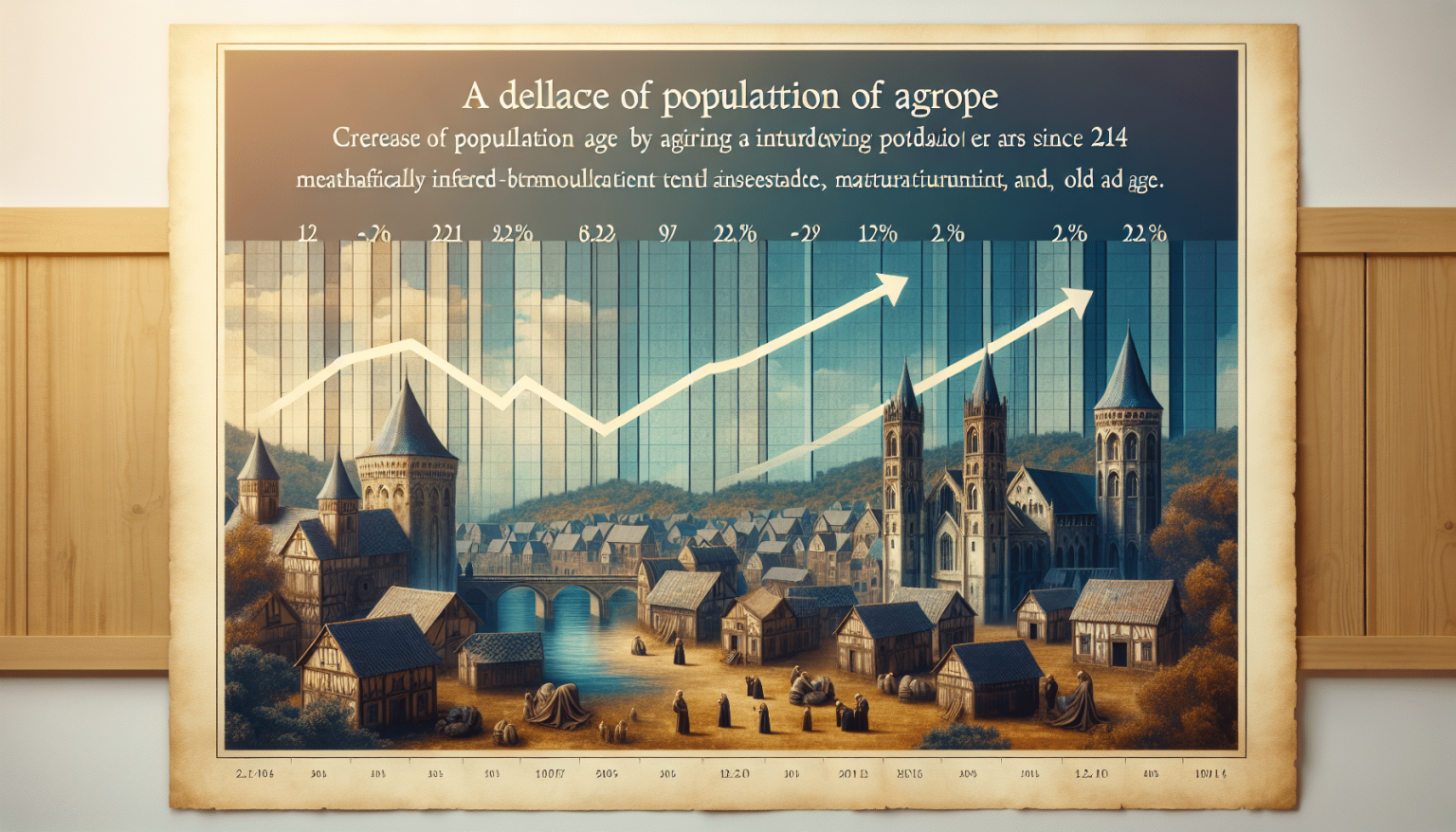On January 1, 2024, the median age of the population of the European Union reached 44.7 years, a data point that highlights the demographic differences among member countries. This indicator indicates that half of the EU inhabitants are older than that figure, underscoring the phenomenon of population aging affecting the region. For example, Ireland has a median age of 39.4 years, marking a significant contrast with Italy, which has the highest figure of 48.7 years.
Since 2014, the median age has increased by 2.2 years, as it was 42.5 at that time. Most member states have seen increases in this indicator, except for Malta, where there has been a 0.7-year decrease, and Germany, which has decreased by 0.1 years. In particular, aging has intensified in countries like Greece, Italy, Portugal, and Slovakia, where the median age has grown by 4 years. In other Southern and Eastern European nations, such as Cyprus, Spain, and Poland, a significant increase of 3.8 years has also been noted.
An important aspect highlighted in these data is the difference in median age between native and foreign populations. On the same date, the native population in the EU has a median age of 45.1 years, two years older than those born abroad, who reach 43.1 years. This trend is particularly visible in the age group of 20 to 54 years, where 59.7% of the foreign-born population falls within this age range, compared to 42.1% of the native population.
The growing aging of the European population poses significant challenges, as well as opportunities, that social and economic policies will need to address in light of a constantly changing demography. Adapting to this new reality will be crucial to ensuring welfare and social integration in the European Union.
via: MiMub in Spanish
